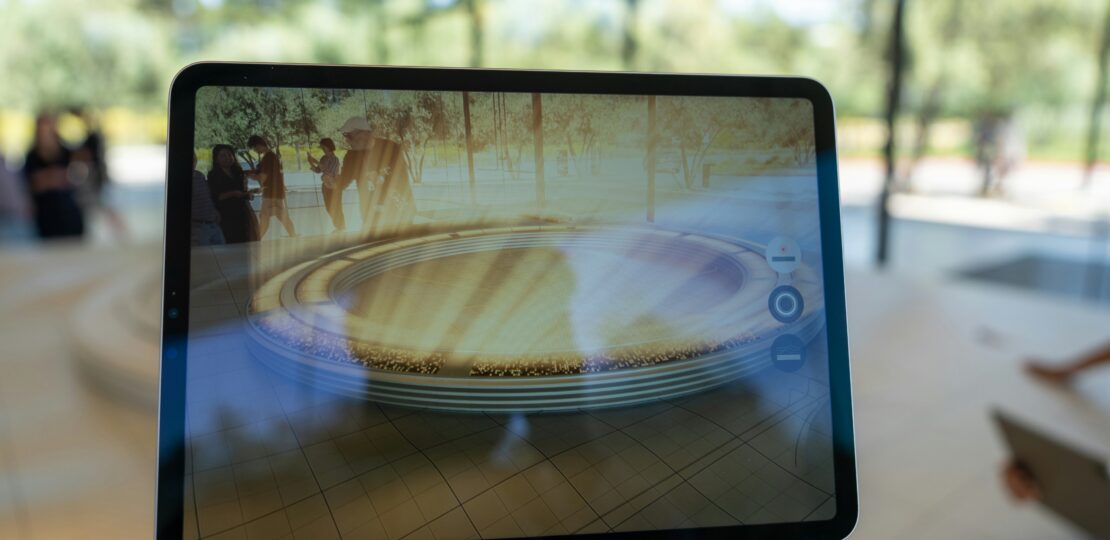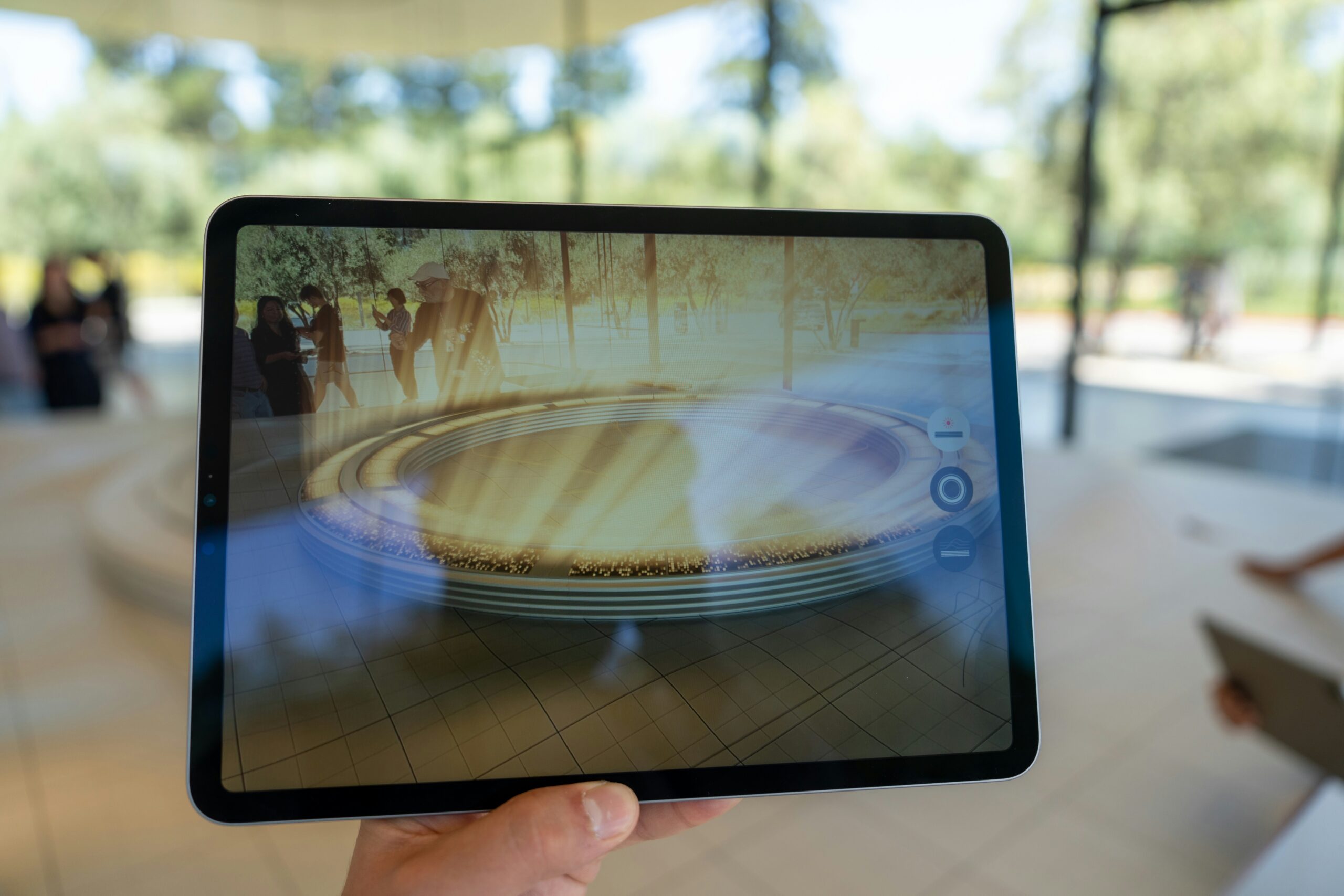Augmented Reality for Memorable Product Interactions
October 4, 2025 | by qqvmedia.com


Understanding Augmented Reality in Retail
Augmented reality (AR) is an innovative technology that blends the physical world with virtual elements, creating immersive experiences that engage consumers in novel ways. In the retail space, AR is rapidly gaining traction as a tool that enhances customer interactions with products, thereby transforming traditional shopping methods. By overlaying digital information onto the real world, AR provides shoppers with a unique perspective that can influence their purchasing decisions.
One of the primary applications of AR in retail is the virtual try-on feature, which allows customers to see how clothing, accessories, or even makeup will look on them without physically trying the items on. This technology not only facilitates personalized shopping experiences but also reduces the likelihood of returns, thus benefiting both consumers and retailers. Additionally, AR enhances product visualization through 3D representations, enabling shoppers to view products from multiple angles in their own environment. This capability enhances understanding and appreciation of the product’s dimensions and features, making it easier for consumers to make informed choices.
Furthermore, AR tools have demonstrated their effectiveness in driving consumer engagement. Brands are increasingly adopting AR applications to differentiate themselves in a crowded market, creating memorable experiences that foster loyalty and encourage repeat business. For example, some retailers have implemented AR-driven marketing campaigns that allow consumers to interact with products in ways that are both entertaining and informative. This level of interaction can lead to heightened brand awareness and can provide retailers with valuable insights into consumer preferences and behaviors.
As technology continues to evolve, the integration of augmented reality in retail is likely to expand further, offering more sophisticated and varied tools that enhance the shopping experience. Brands embracing AR hold a significant advantage in today’s competitive landscape, demonstrating how essential this technology has become in adapting to consumer expectations.
Case Study: Warby Parker’s AR Try-On App
Warby Parker, an innovative eyewear brand, launched its augmented reality (AR) try-on app in 2020, aiming to revolutionize the way consumers interact with eyewear. This app allows users to virtually try on various styles of glasses using their smartphone cameras, making the shopping experience more engaging and efficient. The incorporation of AR technology has not only enhanced user experience but has also solidified Warby Parker’s position as a leader in the eyewear market.
The AR try-on feature is user-friendly; customers can simply download the app, select their desired frames, and point their camera toward their face. The app utilizes facial recognition and advanced graphics to accurately display how each pair of glasses would look on the user. This capability addresses a common concern among online shoppers regarding the fit and style of eyewear, thus bridging the gap between physical and digital shopping experiences.
Alongside the intuitive try-on functionality, Warby Parker’s app includes several appealing features that enhance customer satisfaction. Users can filter frames by various categories including shape, color, and material, making it easier to find the perfect match. The ability to share images of the try-ons on social media platforms further promotes user engagement and brand visibility. Quantifiable outcomes from the app’s usage reflect its success, with a reported 25% reduction in eyewear return rates and a significant 32% increase in mobile conversions. These metrics underscore the effectiveness of AR technology in modern retail.
Furthermore, the strategic implementation of AR positions Warby Parker uniquely within the competitive eyewear sector. By offering a cutting-edge solution that aligns with consumer expectations for convenience and personalization, the brand has not only enhanced customer interactions but has also reinforced its commitment to innovative practices in retail. As AR continues to gain traction, Warby Parker’s case serves as a prominent example of its transformative potential in creating memorable product experiences.
Applications of AR in E-Commerce
Augmented Reality (AR) technology is revolutionizing the e-commerce landscape by offering innovative solutions that enhance product interactions. Among the myriad of tools available, Vertebrae stands out as a pivotal AR platform that empowers consumers to visualize products in real-time within their own environments. For instance, when shoppers are considering purchasing furniture or apparel, they can utilize AR to see how these items would actually look in their spaces or on their bodies. This immersive experience not only bridges the gap between online shopping and physical stores but also helps consumers make informed purchasing decisions.
Implementing AR tools like Vertebrae can lead to a remarkable reduction in return rates, which is a significant advantage for e-commerce businesses. Research indicates that leveraging AR can decrease returns by as much as 40%, as it allows customers to assess products more thoroughly before committing to a purchase. This feature is particularly valuable in categories where fit and style are critical factors, such as clothing and home furnishings. By integrating AR into their platforms, retailers can provide a more engaging shopping experience that minimizes the uncertainty often associated with online purchases.
To maximize the benefits of AR in e-commerce, retailers should consider several best practices. Firstly, they must ensure that AR features are user-friendly and seamlessly integrated into their existing platforms. This includes optimizing the interface for both desktop and mobile users, as many customers rely on their smartphones for shopping. Additionally, high-quality 3D models and accurate scaling of products are essential to deliver a realistic AR experience. Continuous feedback from users can help refine these tools further, ensuring their effectiveness and customer satisfaction. By strategically implementing AR technologies, e-commerce businesses can significantly enhance customer engagement and boost conversion rates, positioning themselves competitively in the evolving retail landscape.
The Future of AR in Retail: Trends and Predictions
As the retail industry undergoes a digital transformation, augmented reality (AR) is poised to play a pivotal role in shaping customer experiences. In the coming years, we can expect several emerging trends that will redefine how consumers interact with products. One significant trend is the adoption of AR as a tool for personalization. Retailers will increasingly utilize AR to create tailored shopping experiences, enabling customers to visualize products in their own environment before making a purchase. This enhancement not only fosters customer confidence but also elevates the overall shopping journey.
Another important trend includes the integration of AR with artificial intelligence (AI). By combining these technologies, retailers can offer smarter and more dynamic interactions. For example, AI may help analyze consumer behavior and preferences, allowing AR applications to present personalized recommendations or promotions in real time. This strategic alignment of AR and AI could lead to increased customer satisfaction and loyalty, crucial factors in maintaining a competitive edge in the market.
Additionally, social commerce, which involves selling products directly through social media platforms, is expected to flourish through AR. Retailers can leverage AR features within social media apps to create engaging advertisements that allow users to try products virtually. This innovative approach not only enhances user engagement but also drives conversions by seamlessly integrating shopping experiences into platforms where consumers already spend their time.
Furthermore, as technology evolves, we anticipate advancements in AR hardware, such as smart glasses, that will provide more immersive experiences. This evolution will enable retailers to showcase products in more compelling ways, resulting in enhanced engagement and ultimately driving sales. In the face of these developments, retailers must adapt and innovate, ensuring they harness the full potential of AR to enhance interactions and stand out in a rapidly evolving landscape.
RELATED POSTS
View all


